Electric cars never get along well with extreme climates: excessive heat or cold can cause quite a few headaches for owners of the cars of the future. Now let’s see the real reasons behind the episode of the frozen Teslas in Chicago
A case that got the whole world talking: a wave of freezing cold has transformed entire public charging stations into cemeteries unusable robots, like large paperweights on wheels. The main protagonist of this scandal is Tesla, with its Supercharger system and the technologies applied to its cars. The fact triggered the reaction of public opinion and consumers on a global level, but to date only a few have attempted to truly clarify what happened.
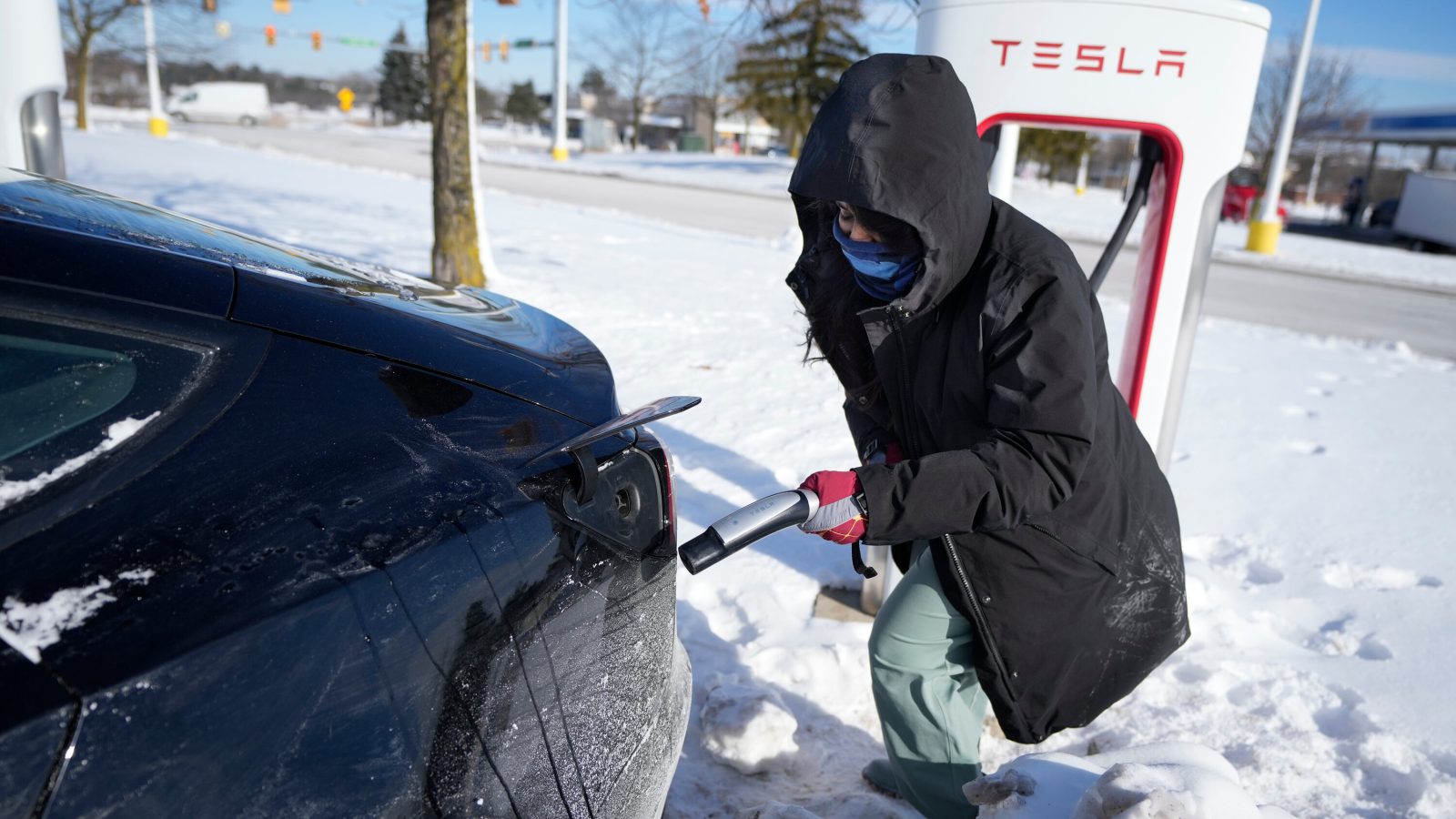
It’s easy to exploit the case of the frozen Teslas for rage against electric vehiclesit is equally easy to shrug one’s shoulders at the alleged ‘technical limitations’ of the products, which users would be required to know without being made aware of them in a clear and understandable way before purchase. It is therefore useless to turn the event into a media scoop without trying to draw lessons from it that can benefit everyone, and above all the future of mobility.
Public charging stations have turned into car graveyards resembling dead robots
Fonte: Fox 32 Chicago TV
Frozen Teslas: the truth behind the scoop
As everyone knows, temperatures that are too low imply a loss of battery efficiency more or less serious, depending on the technologies used. In addition to batteries, other essential devices are also affected: ben 13 Superchargersplit between Oak Brook, Rosemont and Country Club Hills were out of use due to consequences related to temperatures and ice accumulation. In extreme conditions, cables, connectors and technical components are seriously compromised in their functioning and make charging operations practically impossible.
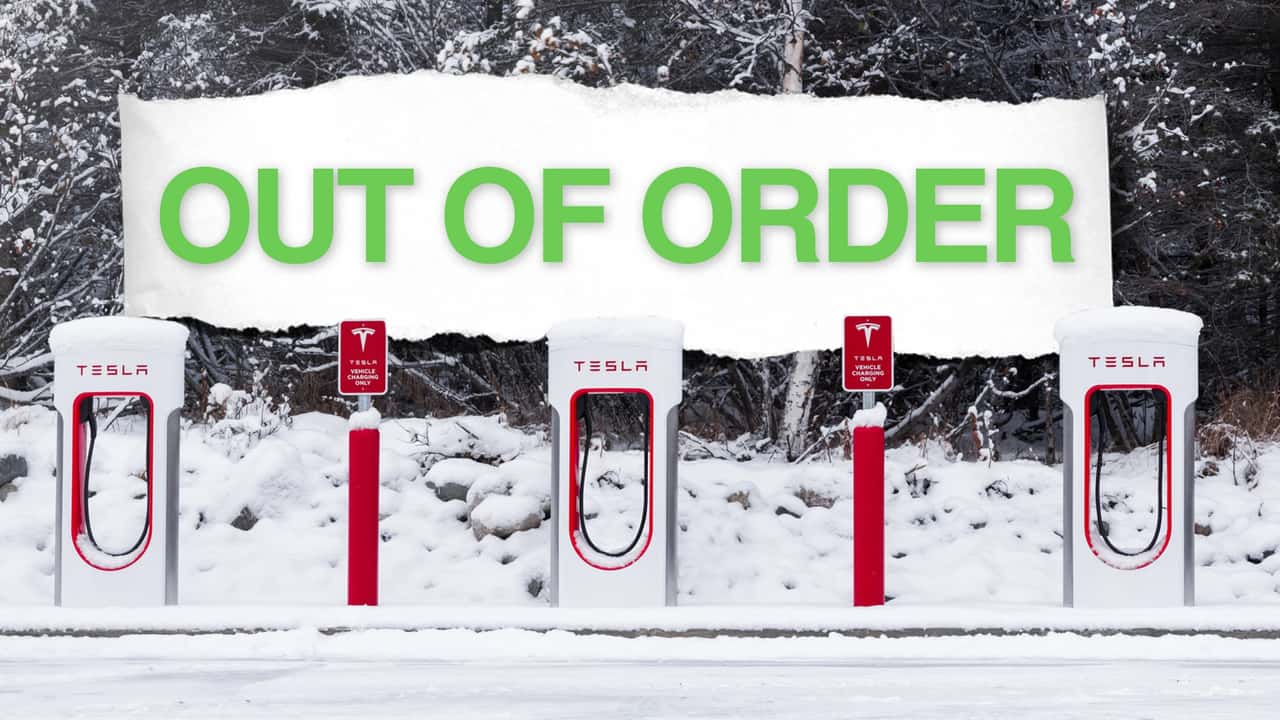
A particularly harsh climate increases the physiological rate of battery discharge, which under normal conditions it stands at 1% every 24 hours (official Tesla data). If we add to this the failure to deactivate the advanced Sentinel security system the rate increases up to 15% on a daily basis.
This is why in extreme conditions it would be advisable to deactivate this function, activating as per the Tesla manual the pre-conditioning of the batteries. However, the pre-conditioning procedure, which is necessary before connecting to the Superchargers in case of harsh climate, consume your back a decent amount of energy and can take an already lightly loaded vehicle to worsen the situation.
Is it all the fault of pre-conditioning?
Pre-conditioning may require the battery between 7.5 and 12 kWhnet of further accessories turned on (defroster, heating, infotainment, etc.), and Tesla has programmed its cars not to start it when the remaining charge is too low. This serves to allow users to reach the nearest charging station… but at this point will be unusable!
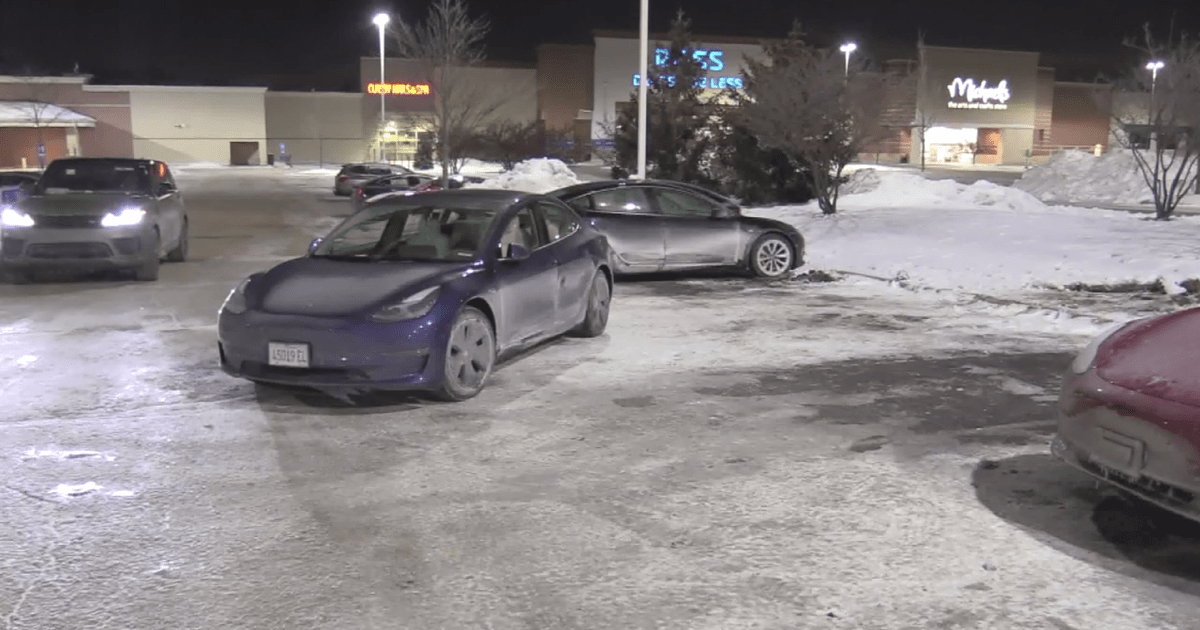
Superchargers are indeed built to deliver 150-250 kWbut in these conditions they will provide it in the best case scenario and 20 to 50. Those who paid the price for this were many Teslas left parked already almost empty at O’Hare airport, which caused a lot of tow trucks coming and going. However, it should be noted that other users, who instead were able to carry out the operations correctly of pre-conditioning, they had the same problems with an increase in charging at the column close to zero.
The future of sustainable mobility is in our hands
About the episode Tesla didn’t want to give too many explanations, relegating it to a banal accident, which occurred thanks to a chain of adverse conditions. A little to cheer up all the customers, who have had to pay for this ‘unfortunate case’ and who perhaps they may no longer sympathize for a certain type of product.
In any case, the frozen Tesla incident shows us that there is no single answer to ecological mobility: the real green transition (the one that has yet to begin!) will have to benefit from different types of technologiescarefully calibrated for each context and need.
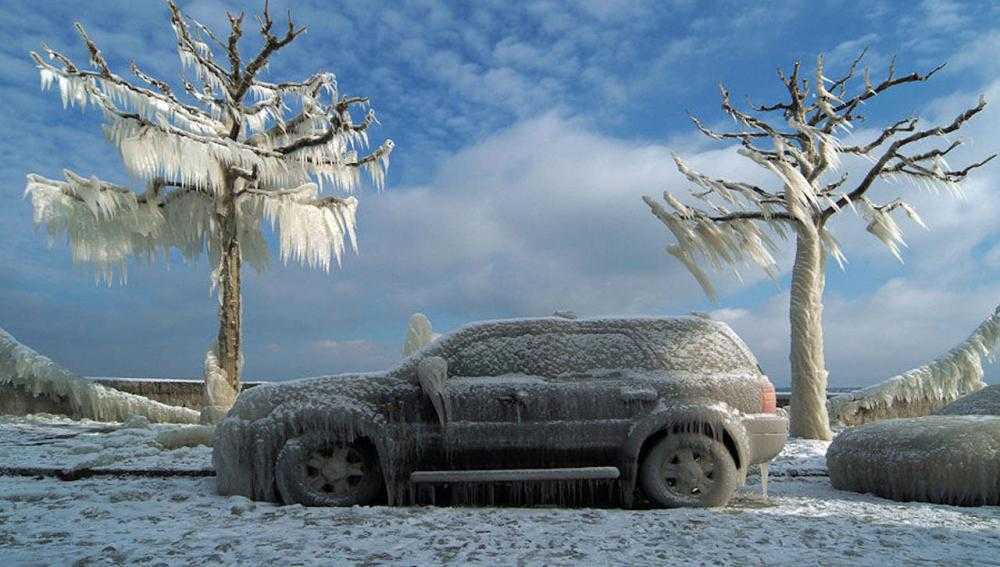
Definitely electric as we know it today It has excellent qualitiesbut its indiscriminate application he is showing his limits. Some contexts, due to morphology and climate, could be much more suitable forhydrogenothers to biofuelsothers still atE-fuel. It will be good to take this into account when we really decide to change together, for the true benefit of everyone.
To stay up to date on the latest news from the world of motors, continue to follow the tuttotek pages.












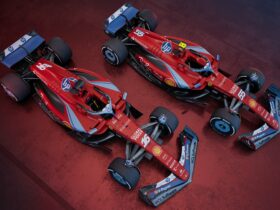
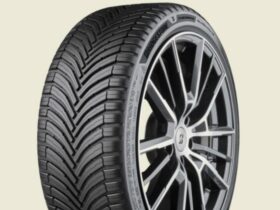
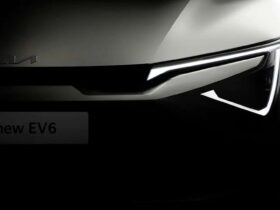
Leave a Reply
View Comments